The Curtain Rises Again at Ford's Theatre
As we’ve discussed previously on this blog, President Abraham Lincoln wasn’t the only victim when he was shot by John Wilkes Booth at Ford’s Theatre on April 14, 1865. There were several others who were victimized that night – some hauntingly so. What sometimes gets lost, though, is the impact of the assassination on the theater itself. Instantaneously, an active stage and one of Washington’s art centers was transformed – first into a crime scene and then into something else entirely.
As detailed in the fabulous History of Ford’s Theatre online exhibit, following Lincoln’s death there was significant opposition to the theater reopening as an entertainment venue. Many felt it was inappropriate to stage productions in the place where the president had been killed. At the same time, the public also objected to turning the building into a memorial – at least at first. Left with a theater building that he could not operate as a theater, owner John T. Ford sold the building to the War Department for $88,000 in 1866.
Over the next century, the building served a variety of purposes housing, amongst other things, government offices, the Army Medical Museum, and a little-visited Lincoln museum. But, there were no stage productions.
That all changed on January 30, 1968. Following a three-year restoration project by the National Park Service, the curtain at Ford’s went up again.
“With the simplicity only the finest professional skills can quicken, Ford’s Theater reopened Tuesday night a hundred and three years after a date no one likes to remember.” – The Washington Post[1]
As the Evening Star proclaimed, “It was 8:05 when Helen Hayes, with that enormous presence of hers, walked on the stage, head erect, smiling – the first member of the acting profession to set foot there in 103 years.”[2]
Hayes was joined by a who’s who of stars including Henry Fonda, Harry Belafonte, Andy Williams, Odetta, Carmen de Lavallade, and others. The cast performed a program of songs, readings and dances in memory of Lincoln – a well-documented theater lover – before an audience that included Senators, Supreme Court Justices, Vice President Humphrey, and a host of Washington’s political and social elite.
CBS televised the program, which television critic Bernie Harrison said “conveyed the meaning and spirit of the occasion simply and with style,” adding, “It could have been, I suppose, a more complicated production with scenes from the plays of the times, which would have required scenery, rehearsals and taping. But that can come later. This was a night when the vacancy of the box was the center of the stage and the performing artists were the supporting players.”[3]
Indeed, the focus of the program was on Lincoln. However, as the Star noted, Henry Fonda’s recitation of Lincoln’s famous quote about the calming effect of theater “pointed up the similarity between Washington a hundred years ago and today”[4]:
“Some think I do wrong to go the opera and the theater: but it rests me…. A hearty laugh relieves me; and I seem better able after it to bear my cross.” – Abraham Lincoln[5]
No doubt it resonated with many in the audience who had just learned that, half a world away, Viet Cong fighters had launched the Tet Offensive and stormed the American Embassy in Saigon.
On February 12, 1968, Ford’s Theatre welcomed its first play back to the stage as the National Repertory Theater began a two-week run of Stephen Vincent Benet’s “John Brown’s Body.” Theater at Ford's was back.
For more on the history of Ford's Theatre, check out the theatre's website.
Special thanks to David McKenzie and Lauren Beyea of Ford's Theatre for their help with this post!
Footnotes
- ^ “Ford’s Theatre Is Reopened.” The Washington Post, Times Herald (1959-1973); Washington, D.C. February 1, 1968.
- ^ Beale, Betty. “Exclusively Yours: A Brilliant Opening at Ford’s Theatre.” Evening Star, January 31, 1968.
- ^ Harrison, Bernie. “On The Air: A Movingly Historic Moment.” Evening Star, January 31, 1968.
- ^ Beale, Betty. “Exclusively Yours: A Brilliant Opening at Ford’s Theatre.” Evening Star, January 31, 1968.
- ^ Beale, Betty. “Exclusively Yours: A Brilliant Opening at Ford’s Theatre.” Evening Star, January 31, 1968.


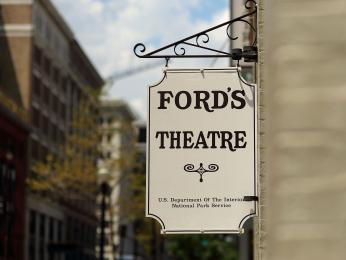
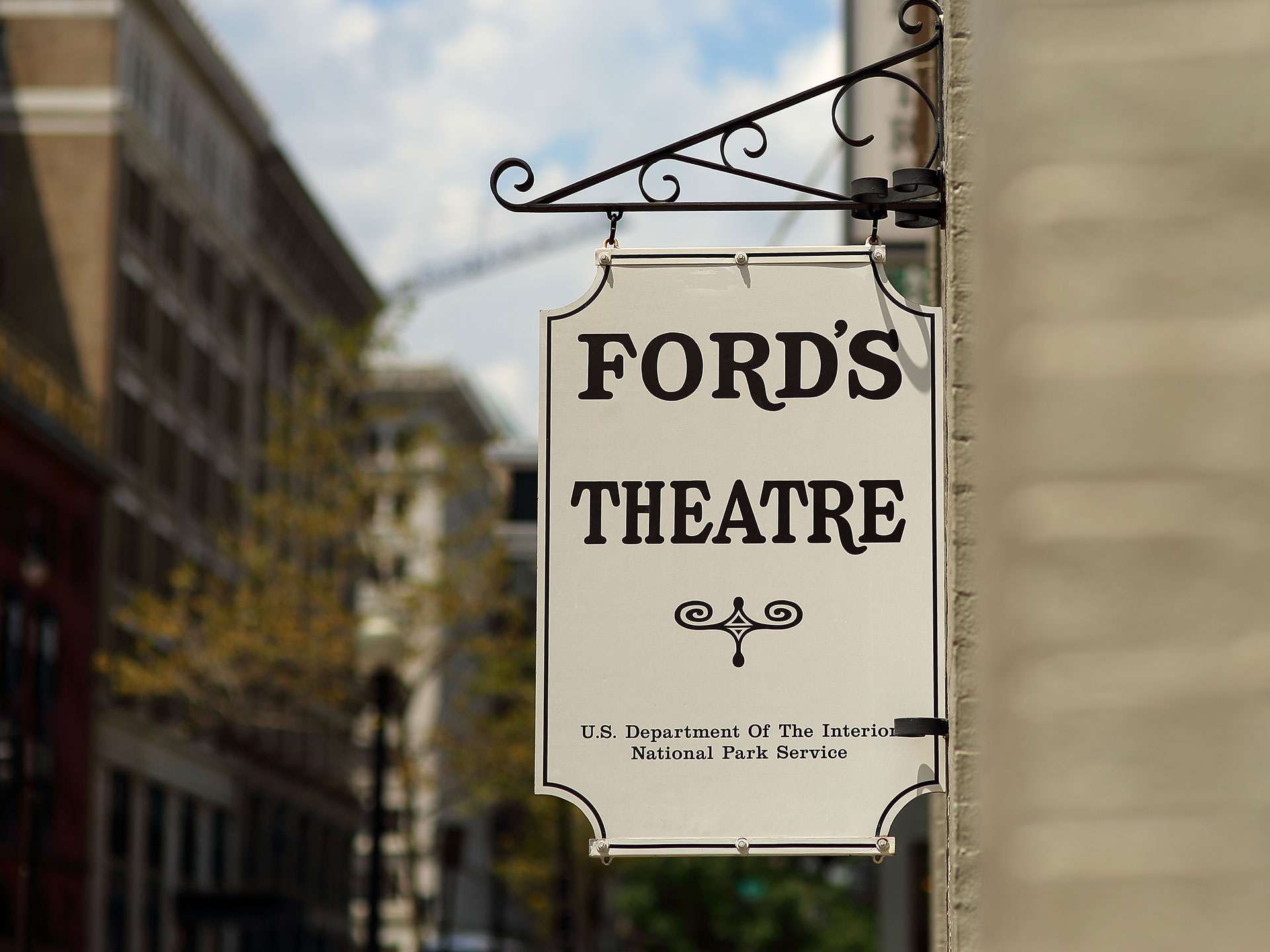
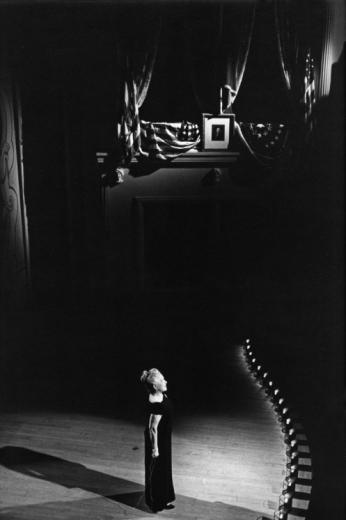
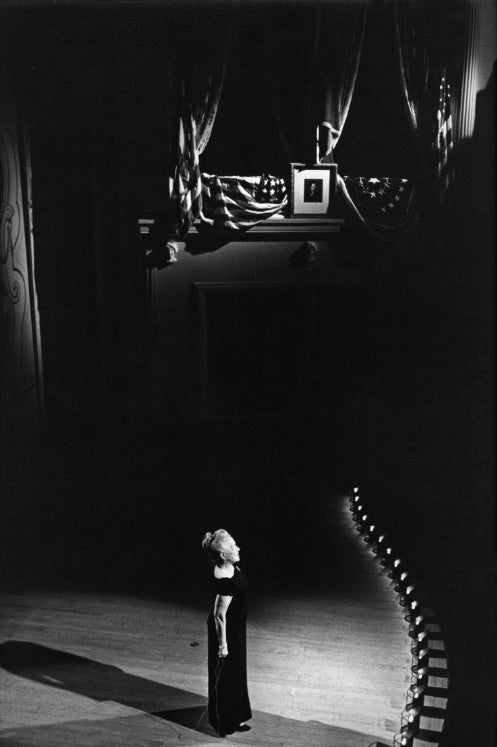
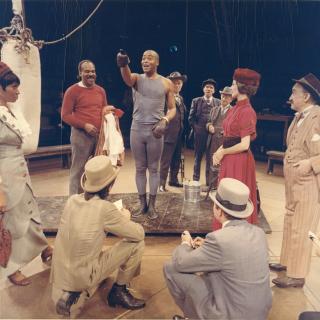
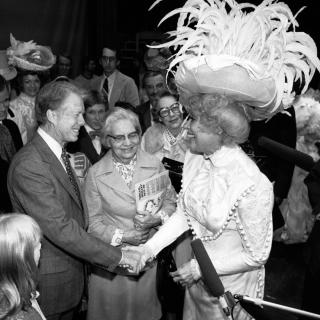
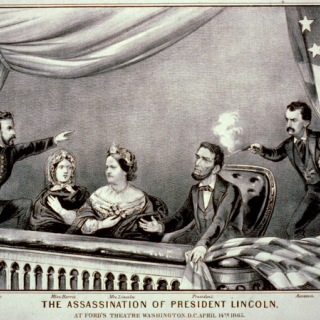
![Sketch of the mythical fuan by Pearson Scott Foresman. [Source: Wikipedia]](/sites/default/files/styles/crop_320x320/public/2023-10/Goatman_Wikipedia_Faun_2_%28PSF%29.png?h=64a074ff&itok=C9Qh-PE1)












